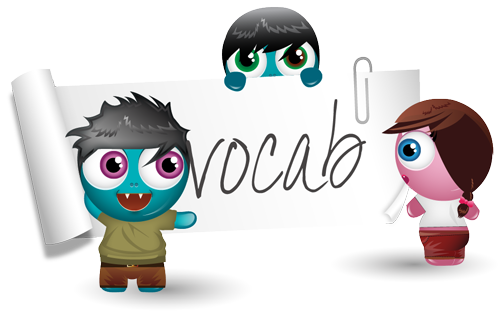One of my on-going themes this year as a teacher, is to give feedback "during the process" rather than at the end of an assignment. Life is not one and done, and neither is learning.
Google Classroom & Google Doc comments provide a platform for a feedback conversation. I have also been utilizing video Feedback with FlipGrid and Screencastify, to get more in-depth and personal with my students' work when reviewing it.
In my continued pursuit of finding a variety of tools for feedback, I found BoomWriter. Boom Writer comes off as elementary, but certainly can be used K-12.
Boom Writer offers several assignment options including collaborative writing/storytelling. Today, I am going to focus on the Vocabulary Assignment. With the vocabulary assignment you provide a writing prompt for your students, while creating a list of key terms or phrases that the students should consider including in their response. Word count limits can be set, and a basic, or customized rubric can be attached.

Teachers can view the writing as soon as the student begins and can suggest revisions in the feedback box.

Hover over the hotspots below on a student sample I received. Or, take a look at my screencast experience of using Boomwriter for the first time.
If you are interested in trying out Boomwriter with your class, let me know. I can get you set up for success and be of support during the first time you try it! Then, we can check out the other features such as anonymous voting & whole class story writing.
;lk ;lk





